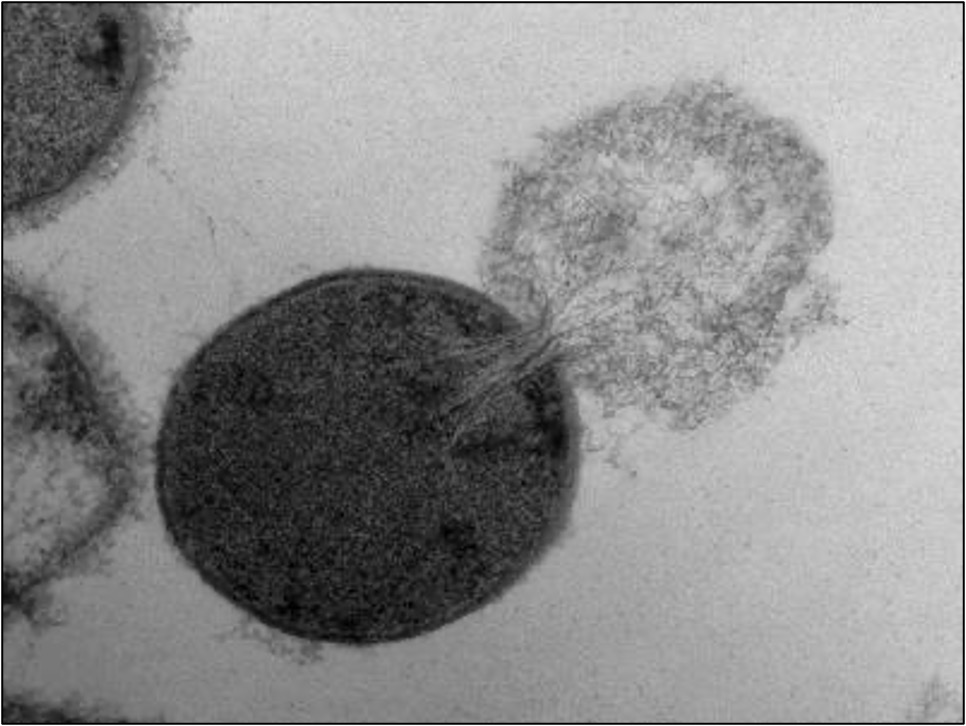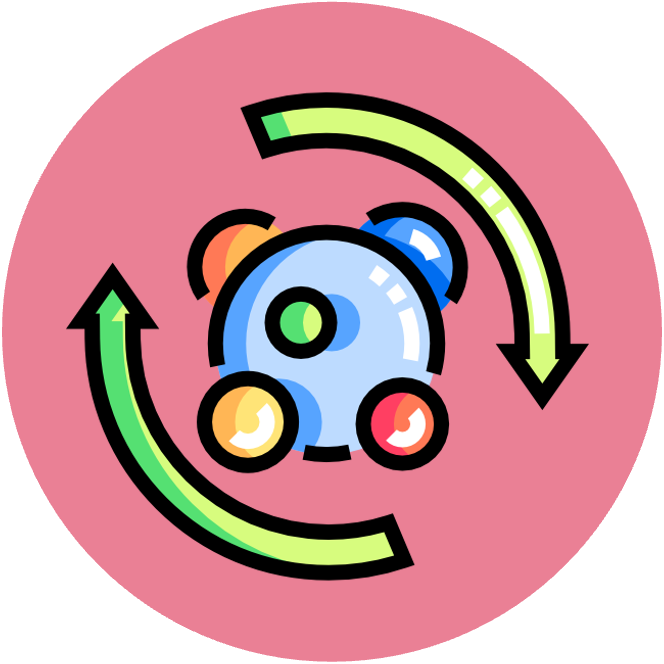

Suicide Inhibition
Mechanism-based inhibition (also called suicide inhibition) occurs when an enzyme binds to a competitive inhibitor and forms an irreversible complex with it
-
Covalent bonds are formed during the normal catalysis reaction, preventing the inhibitor from being released
-
The only way to restore enzyme activity is to synthesise new enzymes (inactivated enzymes are permanently inhibited)
An example of mechanism-based inhibitor is penicillin, which inhibits specific transpeptidases from synthesising the bacterial cell wall
-
This results in the destruction of the bacterial cell, as the bacteria can no longer regulate the hydrostatic pressure within the cell and lyses (bursts) – making penicillin a highly effective antibiotic (targets prokaryotic cells only)
Penicillin is a highly effective antibiotic as it targets a feature unique to prokaryotic cells (the peptidoglycan cell wall)
-
However, certain strains of bacteria are evolving modified versions of the transpeptidase that have low affinity for penicillin
-
These strains of bacteria are increasingly resistant to penicillin treatments and can potentially transfer this resistance via bacterial conjugation
Penicillin Action





